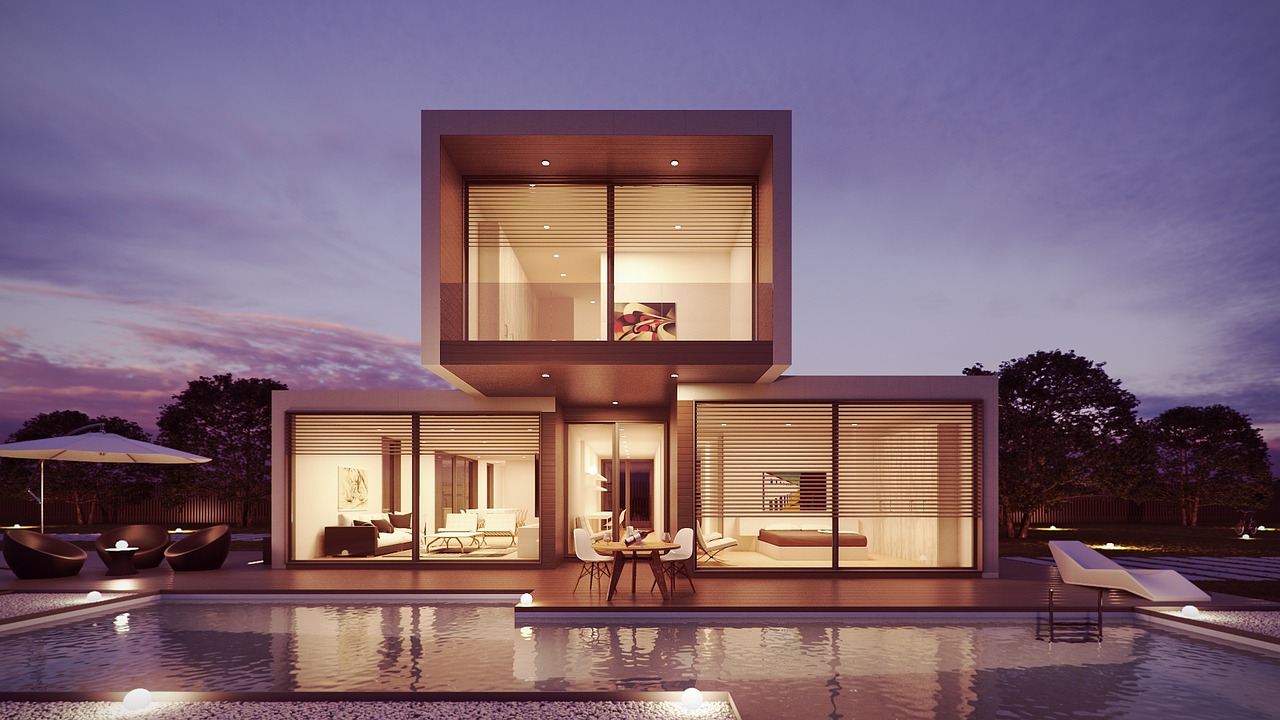An interior designer can advise the architect or builder on the optimal placement of doors and windows, the most effective use of natural light, the best use of storage space, the avoidance of unnecessary demolition, the proper measurement and construction of walls, the creation of desired openings, the installation of lighting fixtures according to the designer’s lighting scheme, and the early detection of plumbing locations for custom-designed bathrooms. Having an interior designer on board early on in the planning stages can save a tonne of cash that can be put toward more substantial alterations after the building is finished being constructed.
The majority of customers believe they need to have a clear picture of the issue at hand before seeing a decorator, however this is rarely the case. Most designers in a survey performed by an Indian Interior Design renovation company with designers and clients said they wanted to be involved in the project from the start. As a decorator, I agree with the old adage that going in with an open mind is the best way to go about hiring an interior designer. After finalising the architect’s preliminary design idea, you should schedule a meeting with your designer as soon as possible.
A directory of competent, certified, and registered designers with the government recognised design council in the country can help you find the best fit for your interior design project. The Institute of Indian Interior Designers is the go-to authority on all things interior design related in India (IIID). You may find a list of interior decorators working in the country online; once you’ve decided on one, you can check out their website or get in touch with them to learn more about their previous work in a similar field. After you’ve decided on a designer, get down with them to go over your needs, wants, and budget for the interiors, as well as to negotiate a timeline and professional pricing structure.
An interior designer will need to have a series of conversations with you, the client, before beginning work on your space. Through a series of discussions, the client and designer arrive at a common understanding of the project’s parameters, and the designer gains insight into the client’s hopes and expectations for the interior design. A skilled best interior designers must retrain the client’s mindset about preferences, even if around 90% of clients have a decent concept of what they require.
The following step is to show the client with the interior design, either digitally or physically. The designer is responsible for submitting a proposal that includes all necessary information, such as a cost estimate and any necessary sketches, two-dimensional drawings, or coloured elevations. Since the purpose of the preliminary presentation is to acquire the client’s basic permission, the precise colours, furnishings, and details are not yet finalised.
Once the client approves the initial idea or presentation, the designer will go on to the next phase of development. After the design has been accepted, some clients may want to make minor adjustments; in these cases, the designer and client will need to schedule additional meetings. Plans, elevations, details, sections, and specifications are the language of good design offices, and they are meticulously created with drawn dimensions and comments for the contractors who carry out the actual implementation of the design. A job captain or chief designer is typically assigned to oversee each stage of a project to ensure that all necessary factors are being considered and that progress is being made as planned.









































